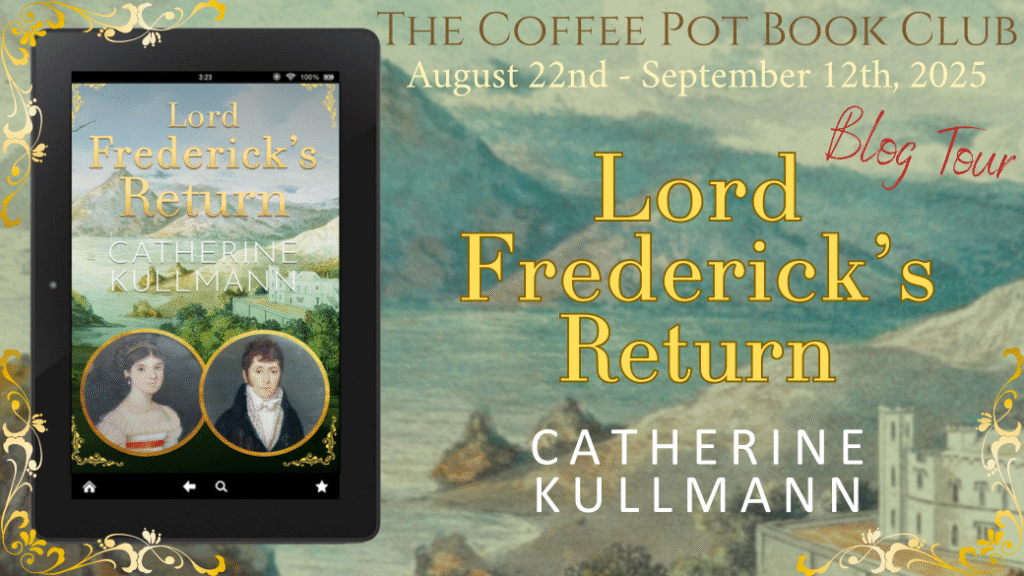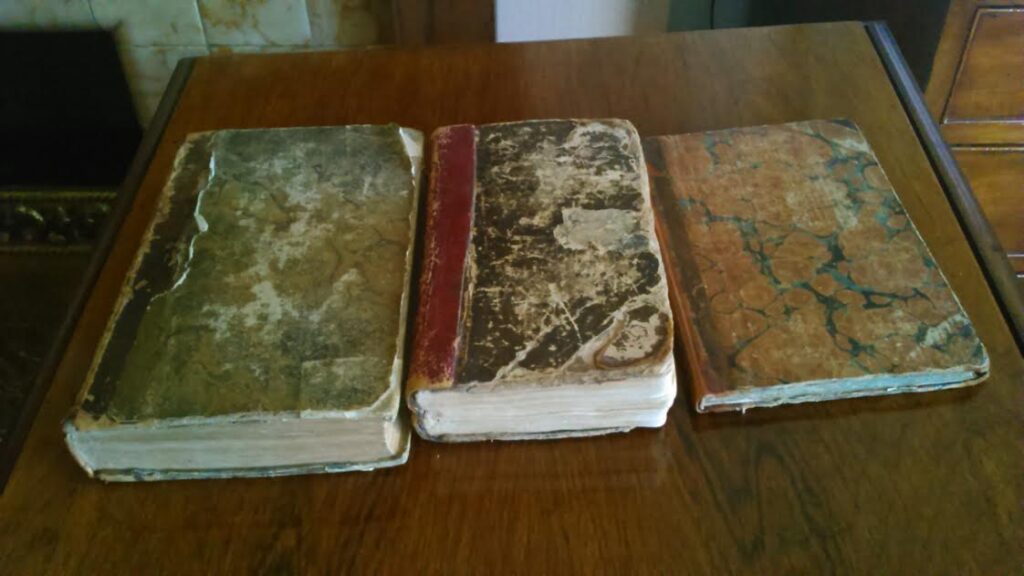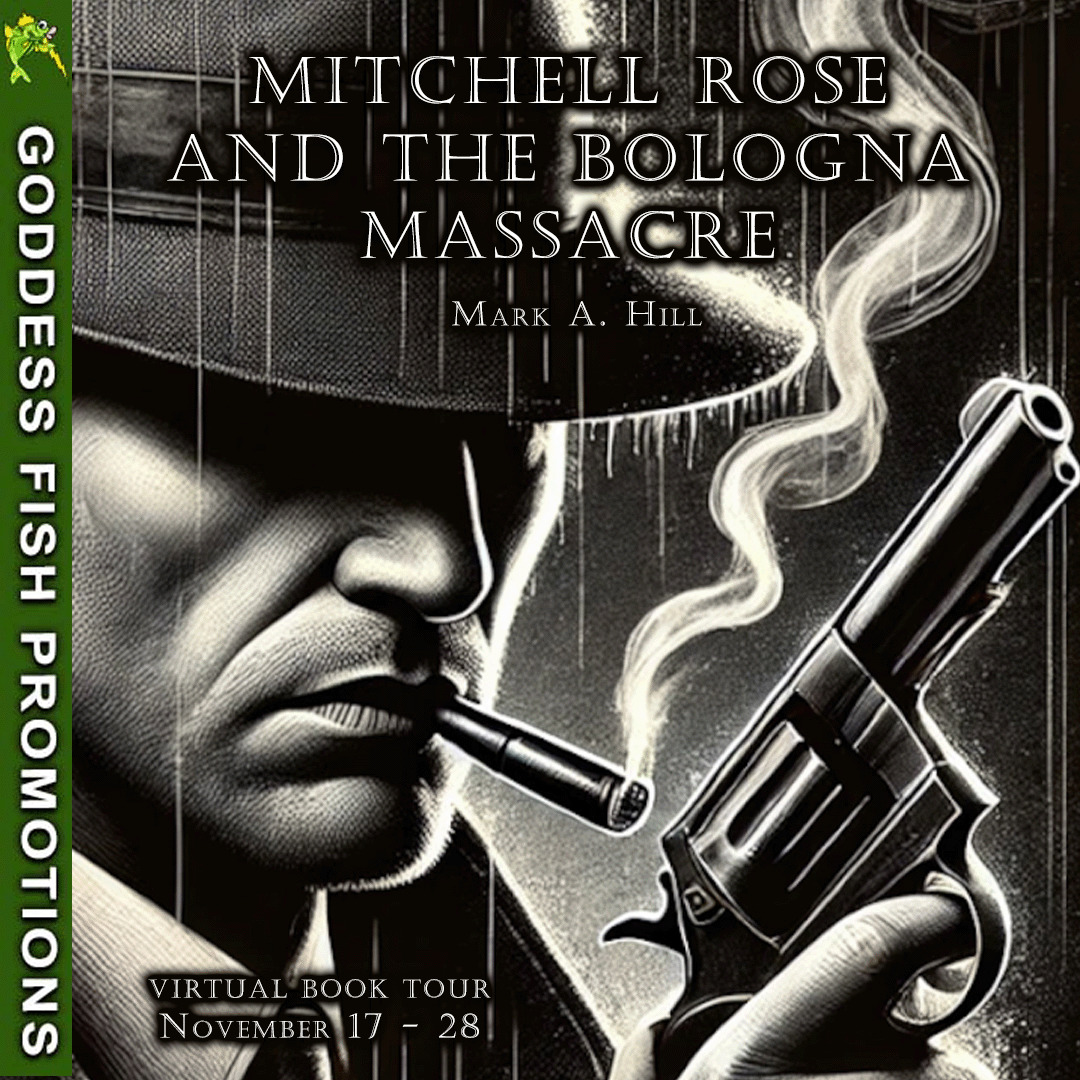This book event is through The Coffee Pot Book Club.
Lord Frederick’s Return blog tour includes a guest post from the author. Comment, subscribe, share.

Your message has been sent
Book Details

Lord Frederick’s Return
Catherine Kullmann
Blurb:
An older hero, an enigmatic heroine and a delightfully outspoken four-year-old. Throw scandal into the mix for a gripping and tender Regency love story
August 1816. Lord Frederick Danlow returns to England after spending 18 years in India. He plans to make a home for himself and his motherless, four-year-old daughter, Ruperta. Unsure where to start, he accepts an invitation to stay at Ponsonby Place, home of Colonel Jack Ponsonby who made his fortune in India, and his daughter Susannah, the mistress of the household.
Soon Frederick finds himself in need of a governess—and a wife? The more time he spends with Susannah, the more his admiration of her deepens. Is she the woman with whom he will share his life?
He is resolved to court her, but then his younger brother Henry engulfs his family in an appalling scandal that could prevent any lady from agreeing to a connection with it. Now Frederick must support his family during this ordeal.
But what of Susannah? What will she say when she hears of the scandal? Should he, dare he offer her his heart and his hand?
Buy Link:
Universal Buy Link: https://mybook.to/Frederick
Author Bio:

Catherine Kullmann was born and educated in Dublin. Following a three-year courtship conducted mostly by letter, she moved to Germany where she lived for twenty-five years before returning to Ireland. She has worked in the Irish and New Zealand public services and in the private sector. Widowed, she has three adult sons and two grandchildren.
She has always been interested in the extended Regency period, a time when the foundations of our modern world were laid. She loves writing and is particularly interested in what happens after the first happy end—how life goes on for the protagonists and sometimes catches up with them. Her books are set against a background of the offstage, Napoleonic wars and consider in particular the situation of women trapped in a patriarchal society.
She is the author of The Murmur of Masks, Perception & Illusion, A Suggestion of Scandal, The Duke’s Regret, The Potential for Love , A Comfortable Alliance , Lady Loring’s Dilemma and The Husband Criteria.
She also blogs about historical facts and trivia related to this era. You can find out more about Catherine’s books and read the blog (My Scrap Album) at her website where you can also subscribe to her newsletter.
Author Links:
Website: http://www.catherinekullmann.com/
Twitter / X: https://twitter.com/CKullmannAuthor
Facebook: https://www.facebook.com/catherinekullmannauthor
Book Bub: https://www.bookbub.com/profile/catherine-kullmann
Amazon Author Page: viewauthor.at/ckullmannamazonpage
Goodreads: https://www.goodreads.com/author/show/15549457.Catherine_Kullmann
Blog tour Lord Frederick’s Return Guest post Sarandipity’s 5 September
As travel within Britan is so important in Lord Frederick’s Return, let us consider the various means of travel in greater depth for this stop on the Blog Tour.
What can I afford? What routes can I take? Where can I change horses? From where and when and does the mail or stage-coach leave? How long will my journey take? Is there a pleasant town where I can break my journey? Which are the best inns? What can I do or see while I am travelling? When is market day? These and more are the questions Georgian travellers asked and the questions I must answer before my characters can set out on a journey. Depending on their circumstances, they had several options.
There were four tiers of travellers in early nineteenth century Britain. At the top were the wealthy few who owned their carriage and horses. They must decide whether they should use their own horses exclusively, allowing ample rest-periods and, on longer journeys, incurring additional overnight and other expenses or hire fresh post-horses at regular intervals (‘stages’) and easily halve the duration of the journey. We know from Mansfield Park that it was common to opt for this latter solution and this is the one Rickersby, who is wealthy enough to maintain a stable both at his London house and County Seat, opts for, using his own horses at the beginning and end of his journey and hired horses on the intervening stages. He send riders ahead to ensure that good hired horses are waiting for him at each stage. Other, humbler travellers must accept the horses the ostlers deem them worthy of.
Next came those able to hire a private post-chaise, changing both horses and carriages along the way. At the beginning of the century, this cost one shilling a mile plus tolls and the obligatory tips to postilions and ostlers.
You can’t afford either to own or hire a carriage, but what about a seat inside or on top of a coach or cramped among the goods of a stage-waggon? Inside seats on the stage or mail coaches cost between 3 and four pennies a mile plus tips to the coachman and guard while outside seats cost half of this and tips were also less.
The cumbrous, covered stage-waggons drawn by teams of up to ten horses were the trucks of the period, carrying mostly goods but also some passengers who paid roughly one penny per mile. They travelled very slowly. A so-called ‘flying’ waggon i.e. one that travelled continuously through the night, leaving Shaftesbury for London (101 miles) on Monday evening would not arrive until Thursday morning. By contrast, in 1800 the “Mercury” coach departed from the New London inn Exeter at 3.45 in the morning and arrived at the Swan with Two Necks Inn at Cheapside, London the following day at noon, having covered 168 miles in 32 hours—less than half the time it took the waggon to cover 101 miles. The mail coach was even faster, taking 25 hours for the Exeter to London journey, leaving at 4.45 a.m. and arriving by six a.m. the next day.
But for a large proportion of the population, even a penny a mile was more than they could afford. They had no choice but to walk.
When my characters set out on a journey, there are three invaluable books that help me send them on their way. From left to right:
- Cary’s New Itinerary of the Accurate Delineation of the Great Roads both Direct and Cross throughout England and Wales with many of the principal Roads in Scotland from an Actual Admeasurement made by Command of His Majesty’s Postmaster General……..to which are added at the end of each Route the names of those Inns which supply Post Horses and Carriages Accompanied by a most extensive Selection of Noblemen & Gentlemen’s Seats (1802)
- Crosby’s Complete Pocket Gazetteer of England and Wales or Traveller’s Companion (1815)
- Cary’s Traveller’s Companion or a Delineation of the Turnpike Roads of England and Wales shewing the immediate Route to every Market and Borough Town throughout the Kingdom. on a New Set of County Maps (1817).

They may not look particularly exciting, but they immediately transport me back two hundred years. As I plan my routes, I come across ancient slips of paper marking the place of previous owners trying to determine the connections of a zigzag journey across Britain and imagine their excitement or trepidation as they made their plans. I can see them tilting the book to catch the candle-light or, like me, reaching for a magnifying glass so that they can more easily decipher the small print. There are no railways on these maps that record Britain just at the dawn of the age of steam. Within twenty years, everything would be changed. And yet, a 1930’pictorial map of the Great North Road proved invaluable to me in planning the Rickersby party’s journey north in Lord Frederick’s Review.
© Catherine Kullmann 2025





Thank you so much for hosting Catherine Kullmann, with her gentle Regency romance, Lord Frederick’s Return.
Take care,
Cathie xo
The Coffee Pot Book Club